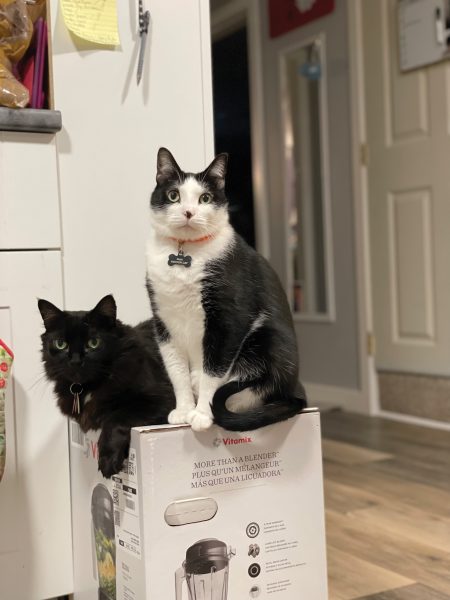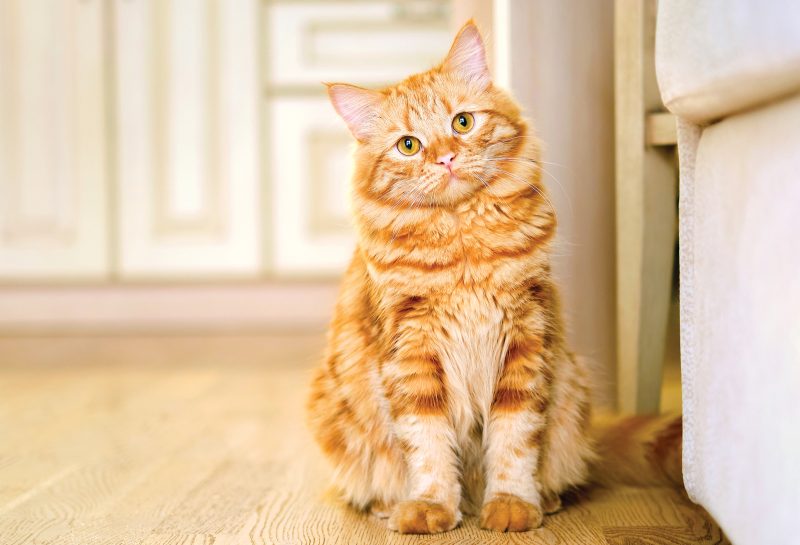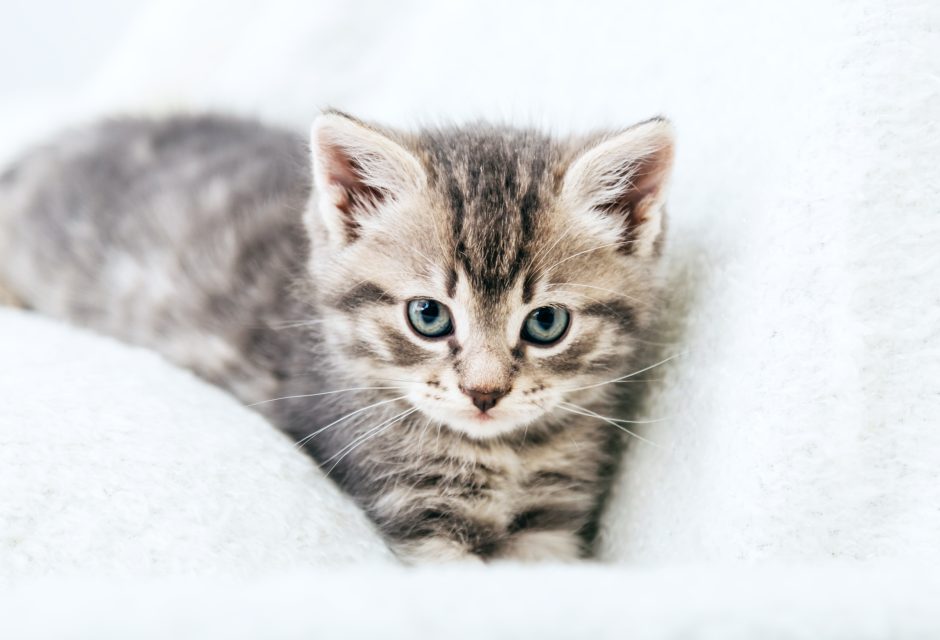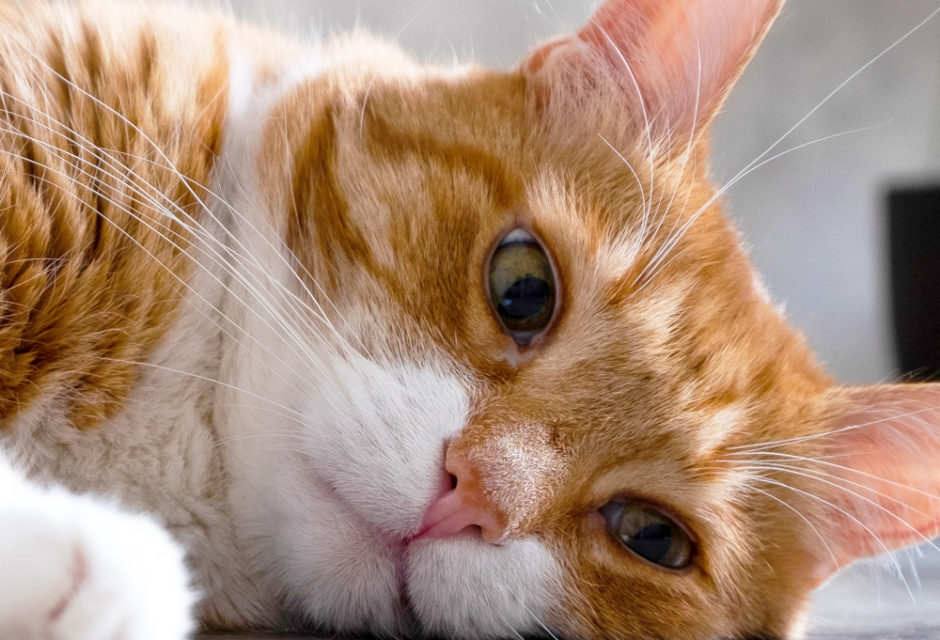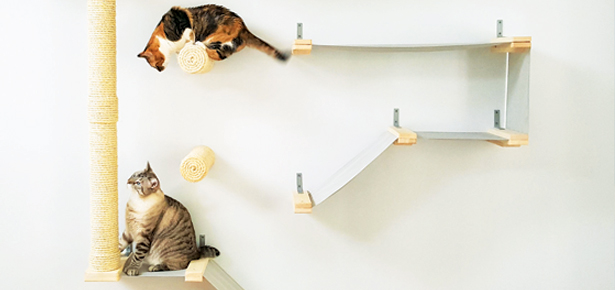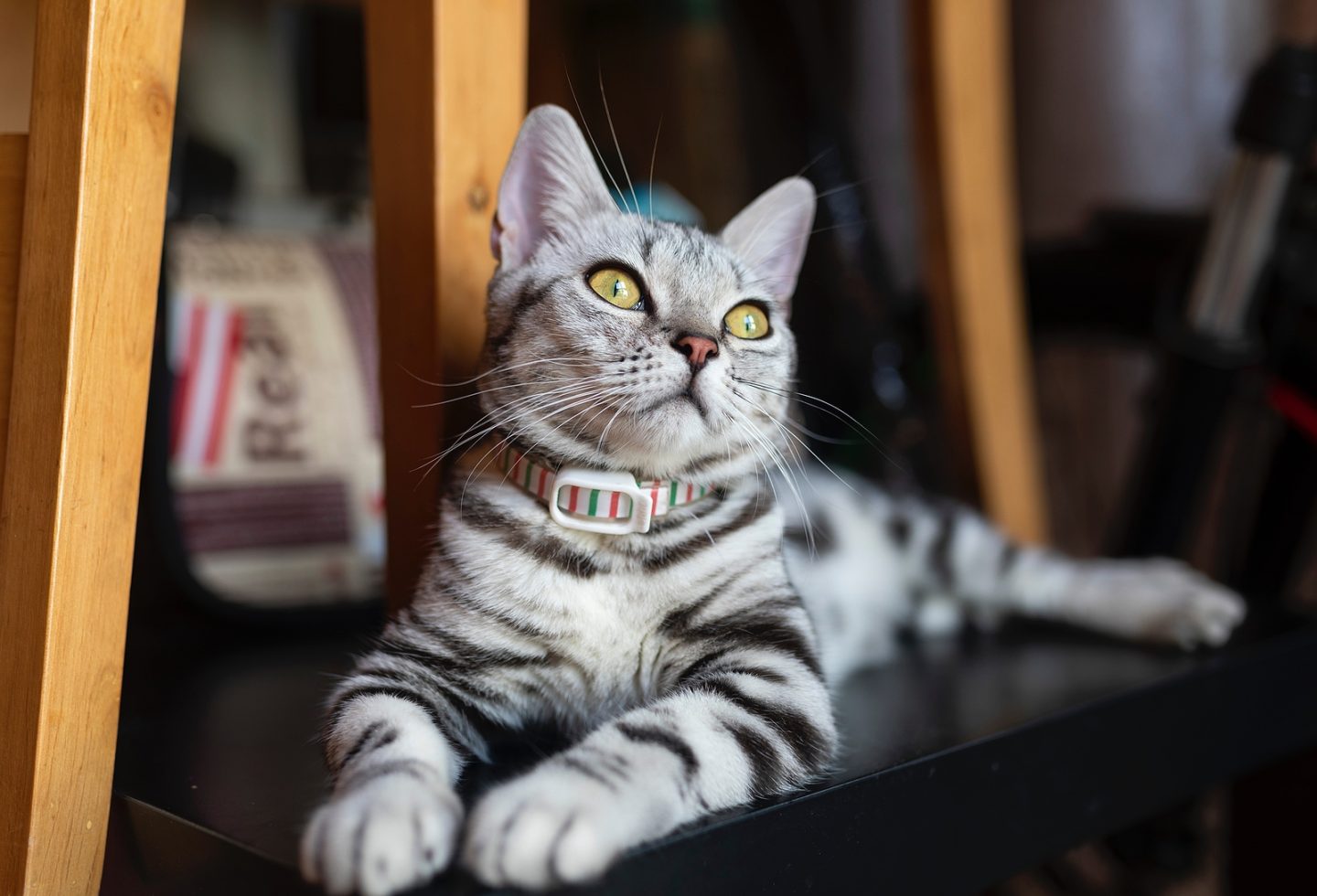
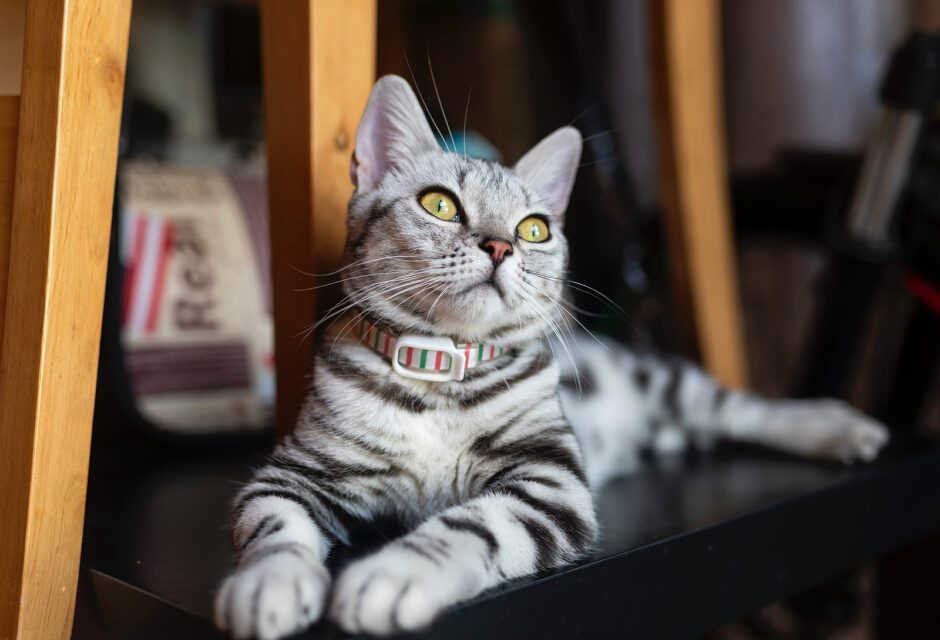
Breaking the Cat Code – Understanding Your Cat’s Behaviour
Better Understand Your Feline Friend
By: Mieshelle Nagelschneider, Cat Behaviourist, host of the TV show My Cat From Hell, and author of the cat behaviour science book, The Cat Whisperer
Last Updated:
It’s said that dogs are man’s best friend, but cats are man’s best confidants! In fact, 50 per cent of cat owners say they make better decisions after talking to their cat. However, understanding why cats behave the way they do and if their needs are met is a constant struggle. Through education and a few simple tips, you can better understand your feline friends and address some of your biggest cat behaviour questions.
Understanding your cats ‘wild cat’ instincts:

- Perching high: This helps cats stay safe from predators while they keep a close eye on their surroundings and potential prey in the wild.
- Urine marking: In the wild, cats use marking to distinguish their territory. This is common in domestic cats who share homes with other animals. Be careful not to confuse territorial urine marking with litter box problems, which can be an indicator of health or environmental problems.
- Hunting and stalking prey: Cats do this even when they live in an environment where fresh food is provided to them each day.
- Demand for freshness: Cats are less likely to eat old food or drink water that’s been left out for days because their instincts tell them the food or water is likely filled with bacteria. The same goes for the litter box! Why? Because in the wild, predators track cats by learning their latrine site locations and if they are smelly, it is easier to find them.
Recognizing a happy cat:
A happy cat is a healthy cat! Generally, cats are playful, active and happy by nature. If your cat exhibits these behaviours you can be confident that they are comfortable and content at home:
- Talkative: If your cat is talkative with purrs and meows, they’re happy and enjoying your company. Although in some cases, a distressed cat will purr.
- Head bumps and body rubs: When your cat rubs against you, the corner of a wall or piece of furniture, it means they’re happy and relaxed.
- Tail quiver: Every wonder why your cat’s tail sticks upright and quivers while greeting you when you walk in the door? They’re extremely happy and excited to see you!
- Slow blink: A very slow eye blink means your cat is blissfully relaxed.
Keeping your cat happy: 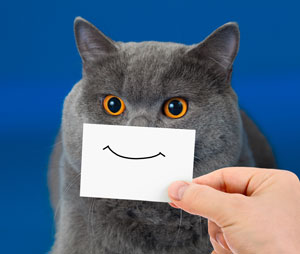
Notice clawing of furniture, chewing, excessive vocalizations and overgrooming? Your cat may be understimulated. Cats need to be mentally and physically stimulated, so be sure to provide an enriching environment, such as:
- Resting areas: Perches like cat trees or shelving can provide cats with a physical and stress-relieving outlet.
- Toys: Interactive wand toys that you maneuver and food puzzles can help create a much happier and satisfied cat.
- Catio: Create an enclosed outdoor space for your cat so they have room to roam without the dangers associated with being outside. Walking your cat on a leash is another great option.
If you have noticed a change in behavior or eating habits take your cat to the vet to be evaluated. Otherwise, a yearly visit will suffice.
Understanding the importance of the litter box:
Each year, millions of cats are surrendered to shelters due to litter box issues. However, with a bit of patience and care, litter box problems are some of the easiest to solve. To help you raise happy, healthy, box-abiding cats, you must create an environment that falls in line with their natural instincts:
- Uncovered versus covered litter boxes: Most owners believe cats prefer privacy and therefore have covered litter boxes. However, by keeping the box uncovered, you give your cat several ways to escape if it feels threatened, making it less likely to urinate where it feels safer, like your couch or under the dining room table.
- Odour trapping litter: Cats are very sensitive to smell and texture. Pioneer Pet’s Lightweight Clumping Litter stops odours on contact. It’s 99% dust-free and half the weight of traditional litters making it easier to scoop.
- Number of litter boxes: Owners should have one box per cat plus one more. For instance, two cats need three litter boxes. Tight on space? Multiple locations trumps number of boxes.
- Amount of light: Contrary to belief, cats do need some light to see. Try placing a night light near their litter box and turning it on in the evenings so they feel safe and can navigate to their box easily.
- Food and water location: Cats prefer their food and water away from where they urinate and defecate. Ensure they are in separate spaces to avoid accidents.
- Frequency of changing litter: Cats will often stop covering urine or stool when finished if the cat litter hasn’t been cleaned properly. It’s recommended that the litter be scooped 1 to 2 times daily, and the litter be completely changed and the box cleaned thoroughly every 30 days, which is daunting for most cat owners. Pioneer Pet’s Lightweight Clumping Litter clumps better than other litters on the market and the light weight makes the box easier to clean.
Mieshelle Nagelschneider performs phone and video cat behaviour consultations nationally and internationally. You can contact her at thecatbehaviorclinic.com
Join the newsletter and never miss out on cat content again!
"*" indicates required fields
By clicking the arrow, you agree to our web Terms of Use and Privacy & Cookie Policy. Easy unsubscribe links are provided in every email.





